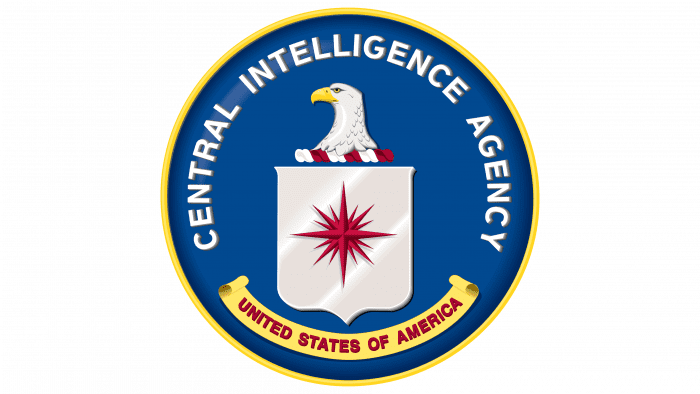 Australian Government Logo PNG
Australian Government Logo PNG
Australian Government: Brand overview
Before unification in 1901, Australia was a collection of six separate British colonies, each self-governing. As sentiment in favor of unity grew, there was a desire to unite these colonies under a single federal government.
This desire came to fruition on January 1, 1901, marking the creation of the Commonwealth of Australia. This monumental change came about after the British Parliament approved the Australian constitution. In the same year, Australians participated in the first federal election, which resulted in the first national parliament in Melbourne and the first prime minister, Edmund Barton.
In 1927, a significant move occurred when the seat of the Australian government was moved from Melbourne to Canberra, a strategically important city between Sydney and Melbourne. This move was marked by the opening of the Provisional Parliament building.
Throughout the first half of the twentieth century, the Australian government followed a model of government similar to the British Westminster system. At the same time, the country sought to forge its own identity, gradually moving away from British influence. Milestones along the way were the Statute of Westminster of 1931, which gave Australia full legislative autonomy, and the Australia Act of 1986, which severed the last strands of British judicial oversight.
The scope and role of Australia’s federal government changed significantly after World War II, most notably in transformations such as the immigration programs that laid the foundations of modern Australia. The country’s political landscape was largely shaped by two dominant parties: the center-right Liberal-National Coalition and the center-left Australian Labor Party. However, the 1970s saw significant social change initiated by the Whitlam Labor government, which subsequently faced a constitutional crisis in 1975.
Over time, the Australian political arena diversified with the emergence of smaller organizations such as the Greens. This has intensified debate on topics ranging from republicanism to indigenous rights. The federal government’s jurisdiction now spans a wide range of sectors, from defense and foreign policy to health and education, all of which are enshrined in the Australian Constitution.
Meaning and History
1908 – 1912
2005 – today
Australia’s emblem is a simple yet meaningful design that highlights the nation’s uniqueness and its outlook towards the future. The logo features animals only found in Australia, symbolizing the country’s progress because these animals always move forward. This reflects Australia’s focus on growth and new ideas.
At the center of the emblem is a shield representing Australia’s unity, showing the coats of arms of its six states. This shows how the country’s diverse states unite to form a strong nation.
Behind the shield, the logo has two broad branches tied with a ribbon, adding beauty and a sense of togetherness to the design. Below these branches, the word “Australia” is written in bold Times New Roman font on a scroll, making it easy to read and striking.
The bright and colorful emblem captures Australia’s vibrant spirit and natural beauty. It celebrates the country’s wildlife and the United States, reminding us of Australia’s journey towards a promising future. This emblem proudly represents Australia, inviting everyone to see what makes it special.





